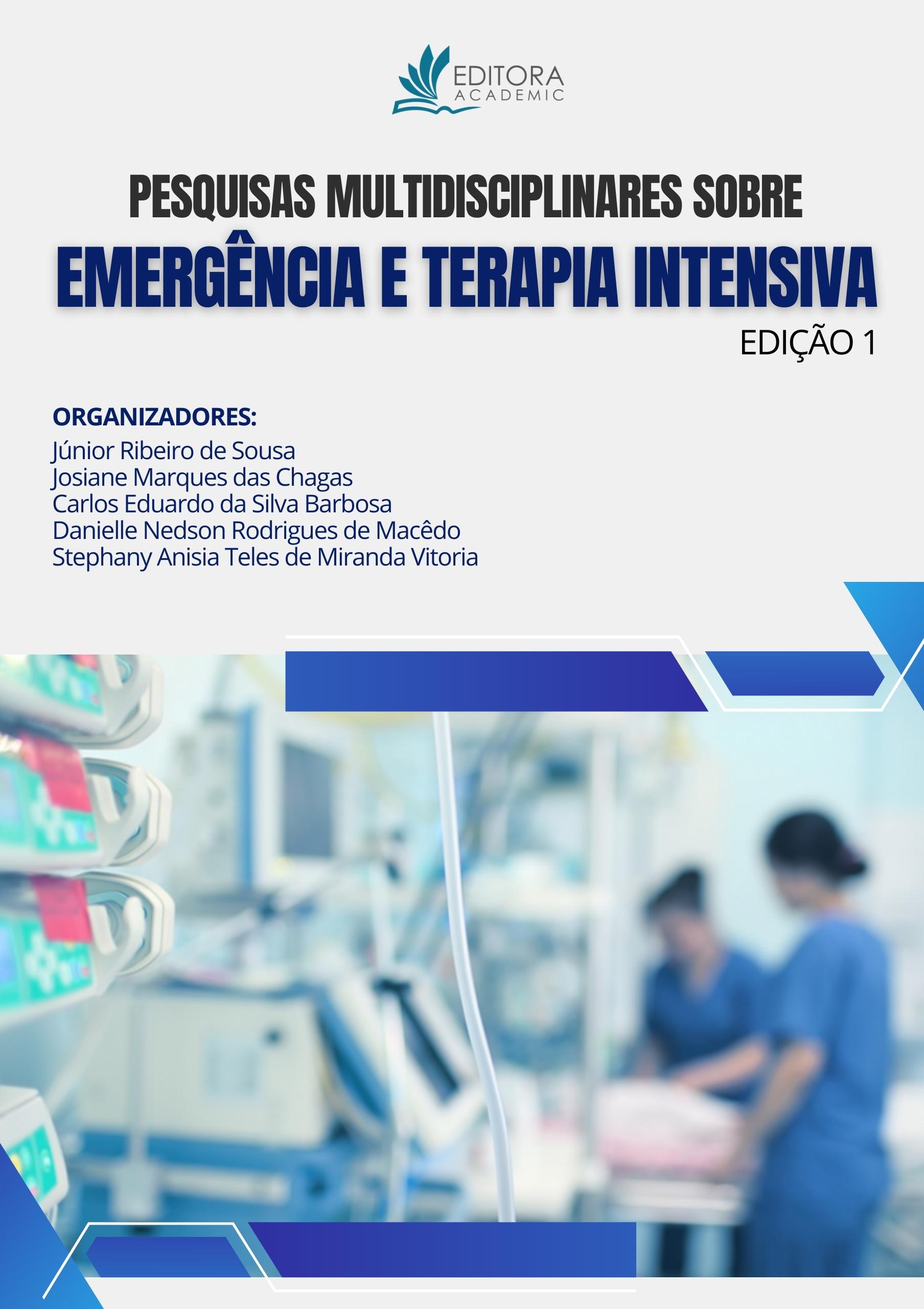
A ingestão excessiva ou prolongada de flúor durante o longo período de formação do germe dentário, carrega como consequência defeitos de mineralização do esmalte, com severidade diretamente associada à quantidade ingerida, seja pelo contato direto com a água ou por produtos que contenham flúor, como creme dental. A microabrasão é considerada uma das principais opções de tratamento, por ser uma das técnicas mais conservadoras, rápidas e seguras. A mistura ácido/abrasivo é utilizada para remover manchas superficiais e irregularidades presentes no esmalte dentário, promovendo resultados estéticos satisfatórios e duradouros, sem afetar a polpa e o tecido periodontal, com mínima sensibilidade e desgaste da estrutura dentária. O presente trabalho objetiva relatar um caso clínico realizado por quadrantes, onde foram utilizadas técnicas de microabrasão. Paciente do sexo feminino, 21 anos, leucoderma, procurou atendimento na clinica de odontologia da faculdade de rede privada no centro de Recife-Pernanbuco-Brasil, apresentando manchas esbranquiçadas nos incisivos centrais e laterias superiores. De acordo com o conjunto de avaliações clínicas (anamnese, exames físicos e exame clínico) obteve-se como diagnóstico uma mancha esbranquiçada advinda do uso excessivo de flúor para os tecidos adjacentes. O caso foi documentado através de fotografias do início ao fim da técnica de tratamento. Ambos os resultados foram satisfatórios, promovendo a estética dos dentes fluoretados. No entanto, notou-se que na técnica de microabrasão do esmalte com ácido clorídrico a 6% os resultados foram mais rápidos, porém, mais prejudiciais à saúde bucal se comparada a técnica de microabrasão com ácido fosfórico a 37%.